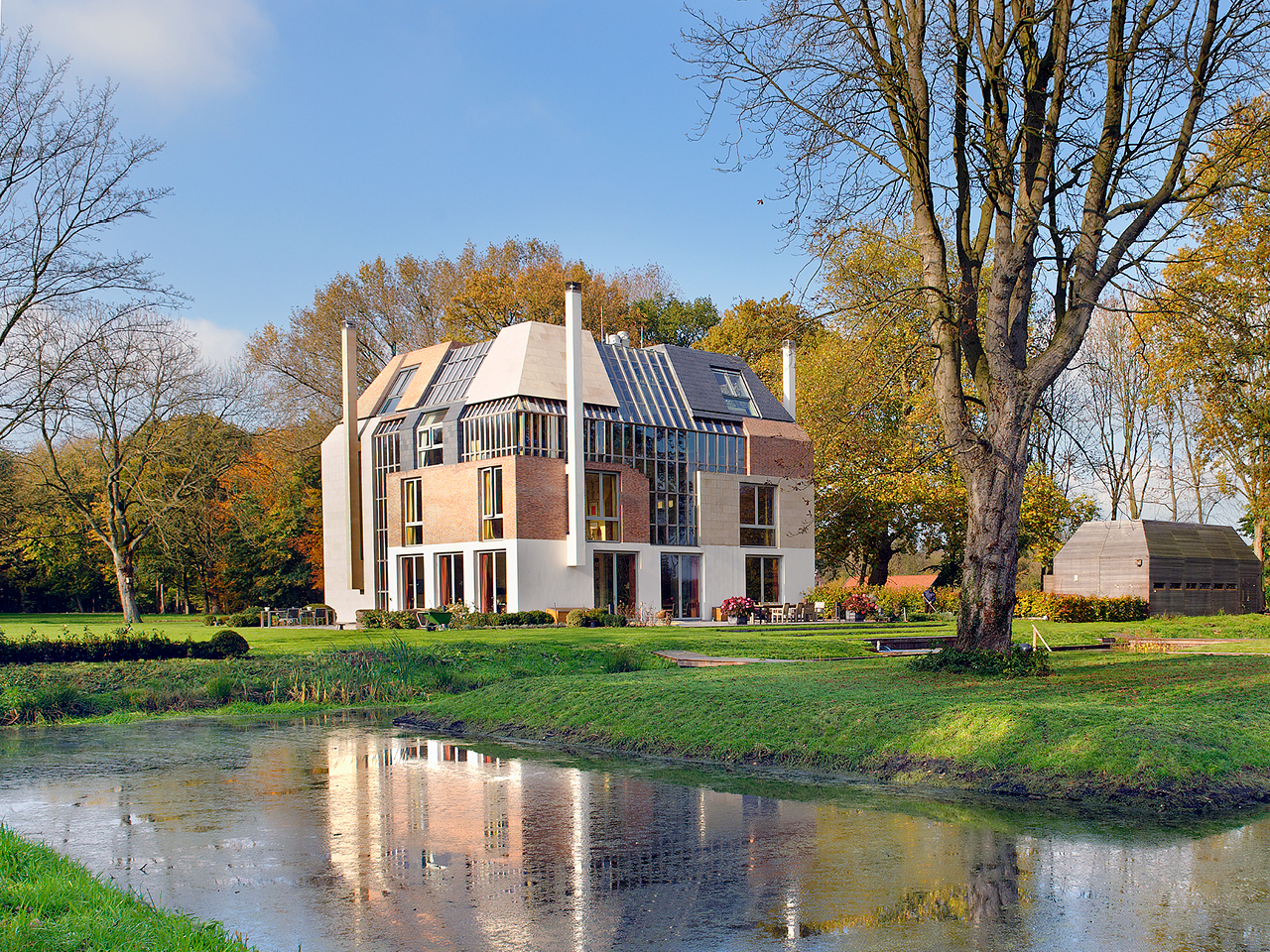
New Manor
The Vecht area in the Netherlands, between Maarsen and Vreeland, consists of a succession of 17th-century country estates with country houses dating from the same period, strung along the banks of the river Vecht. A property was acquired by a family wishing to create a new house here. But how can one build a house worthy of this location? A house in the spirit of its historic neighbors (and complying with local planning regulations) while still distinctively modern: a new manor house.
- Location
- Vecht region, Netherlands
- Status
- Realised
- Year
- 2002–2004
- Surface
- 1500 m²
- Programmes
- Residential
- Themes
- Architecture, Interiors
The Vecht area, between Maarsen and Vreeland, consists of a succession of 17th-century country estates with country houses, strung along the banks of the river Vecht. It was an out-of-town residence for rich merchants from Amsterdam during the Dutch Golden Age.
The requirement for the new development was for a house that bore the hallmarks of the Vecht region, with the classic volume and silhouette of 17th-century country houses. This condition implies a "cage" within which the design options are contained. Within the cage, each of the programmed components is hung as individual blocks. The programmed components are arranged in clusters that are stacked one on one, each having its own internal organization and height. They are organised as blocks that are placed or suspended within the given volume. The stacking of these blocks creates an intriguing, meandering and variously intervening space. This is the social space of the house and it both connects and separates all the rooms. It also functions as an acoustic buffer between separate components.
Staircases are "carved" out of the blocks so that they are visible and occupy as little space as possible. Wooden footbridges communicate between the blocks. The blocks have varying façade finishes that make them individually identifiable: stone, stucco, brickwork and slate, a combination of materials that echoes other houses in the region. Inward-opening doors give each block a clear ‘address’ in the house. This suggests a specific relation to the intervening space. Outward-opening doors create a strong relationship with the estate park. The house can accordingly be read as a tiny village, one that respects the demands, the use and the spatial composition required by its inhabitants.
The landscape of the property may be interpreted as a collection of different gardens, each with its own plants and shrubs, character and use. There is a classic main garden with lawns and rhododendron, a vegetable garden, a wet wood, a dry wood, a reed bed and meadow different rooms of the garden.
Gallery
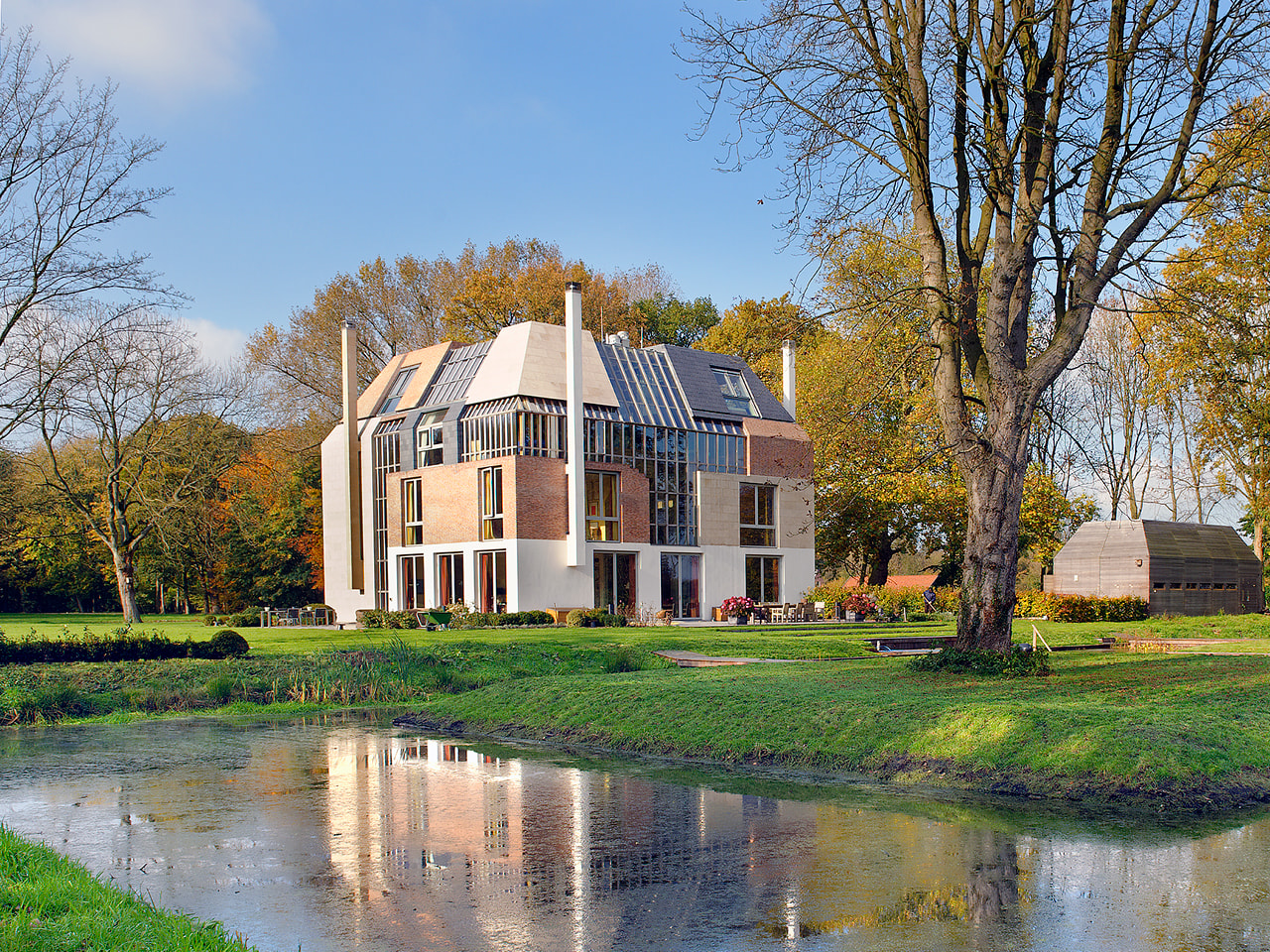
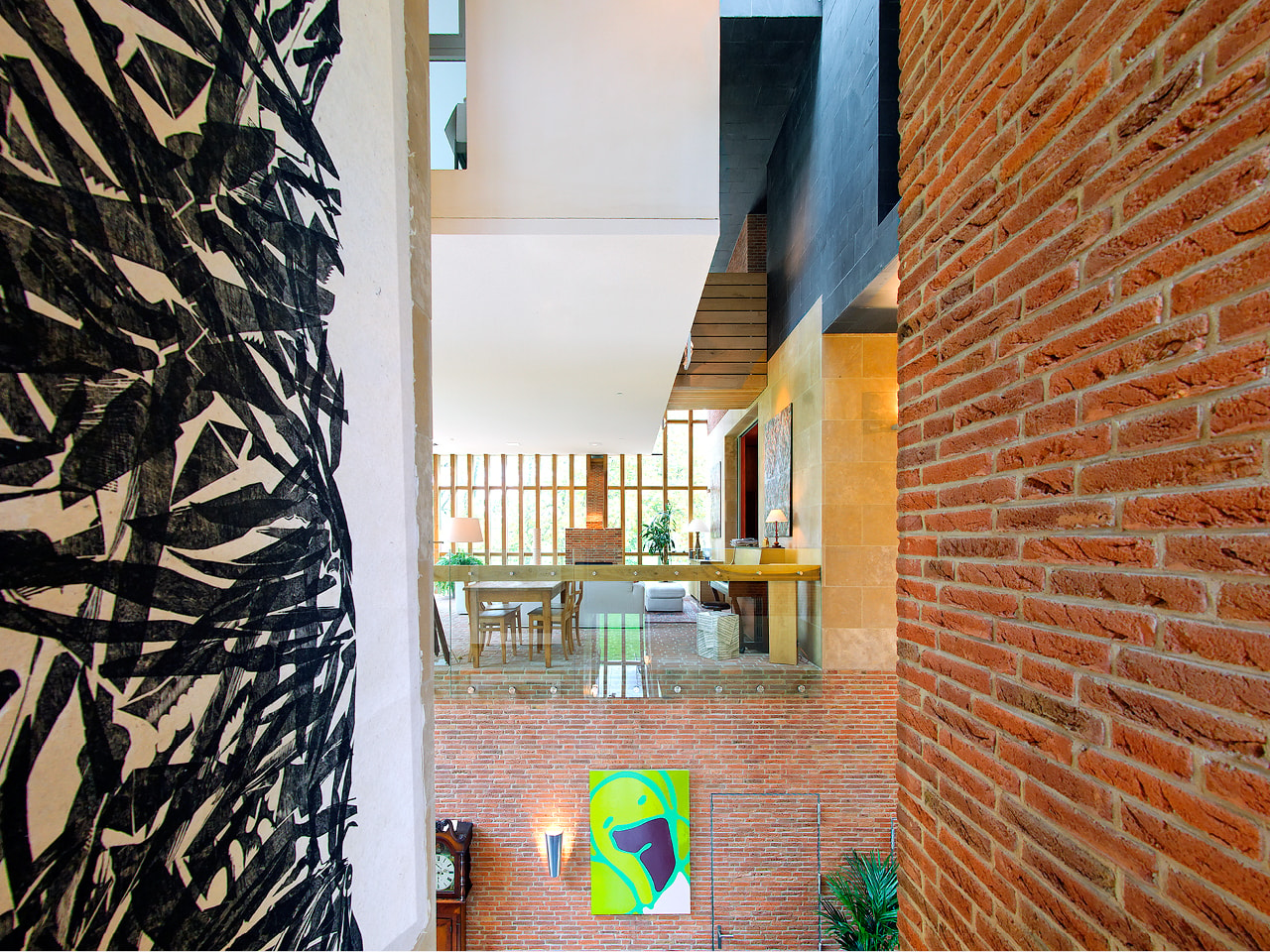
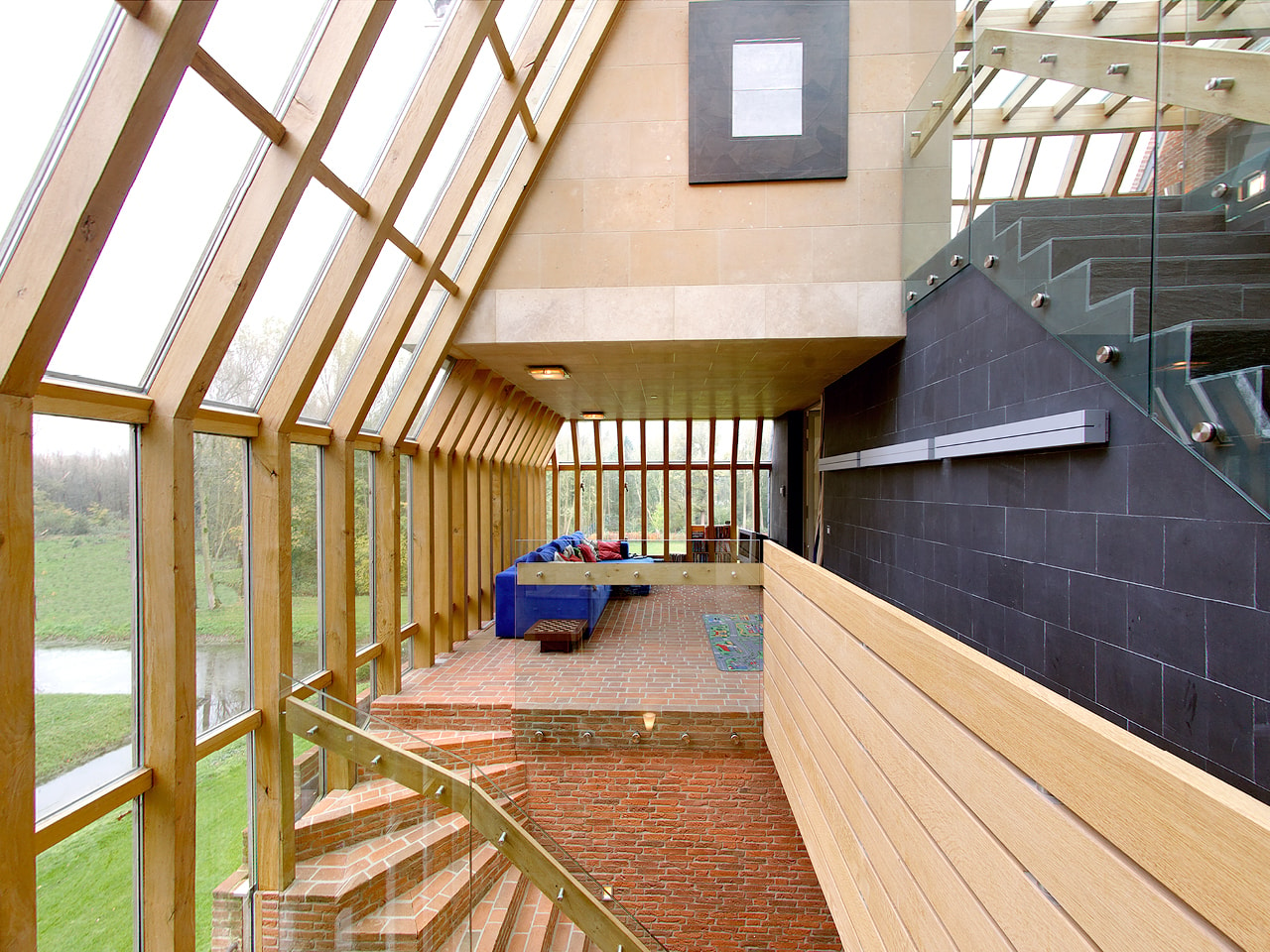
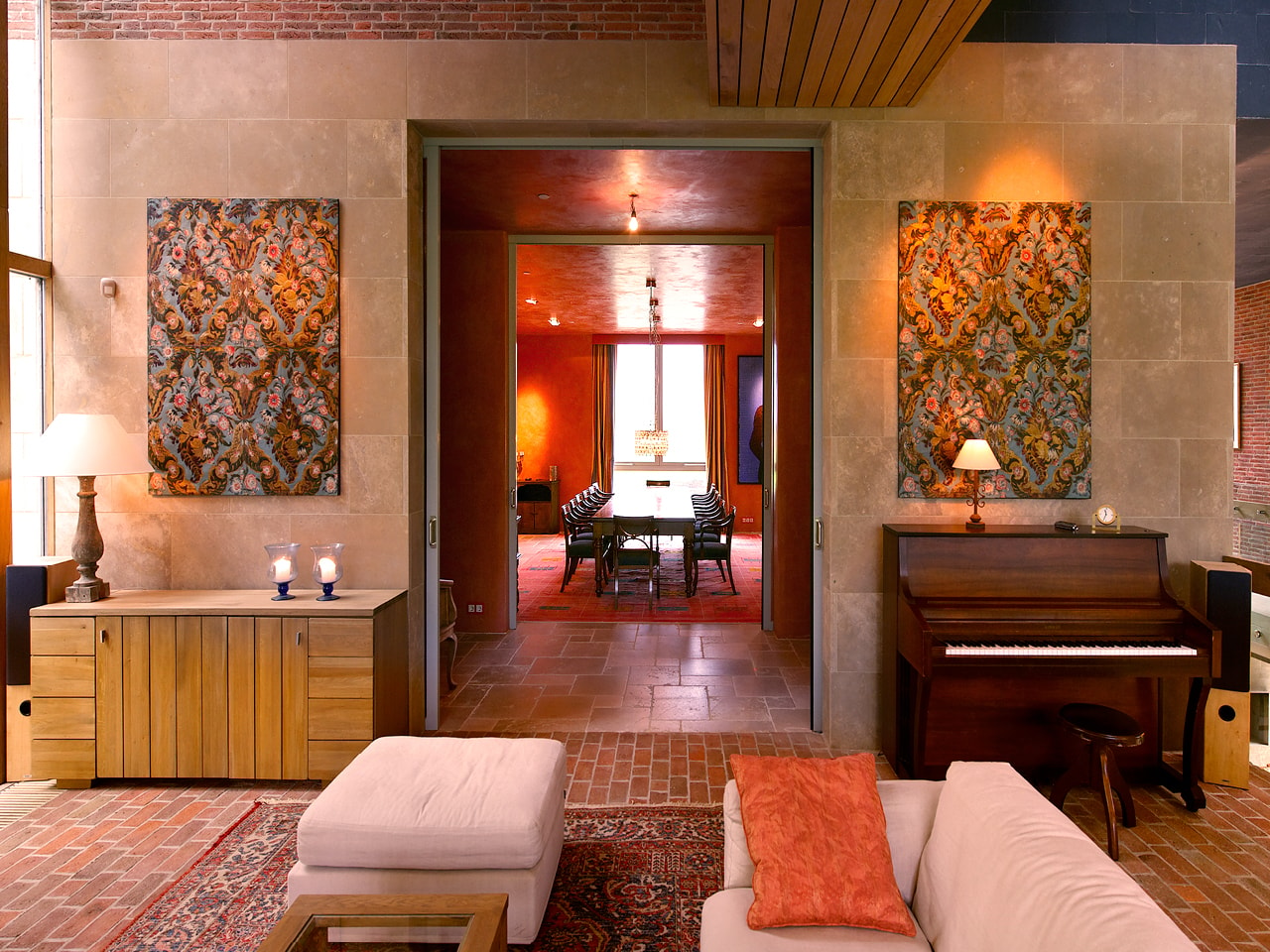
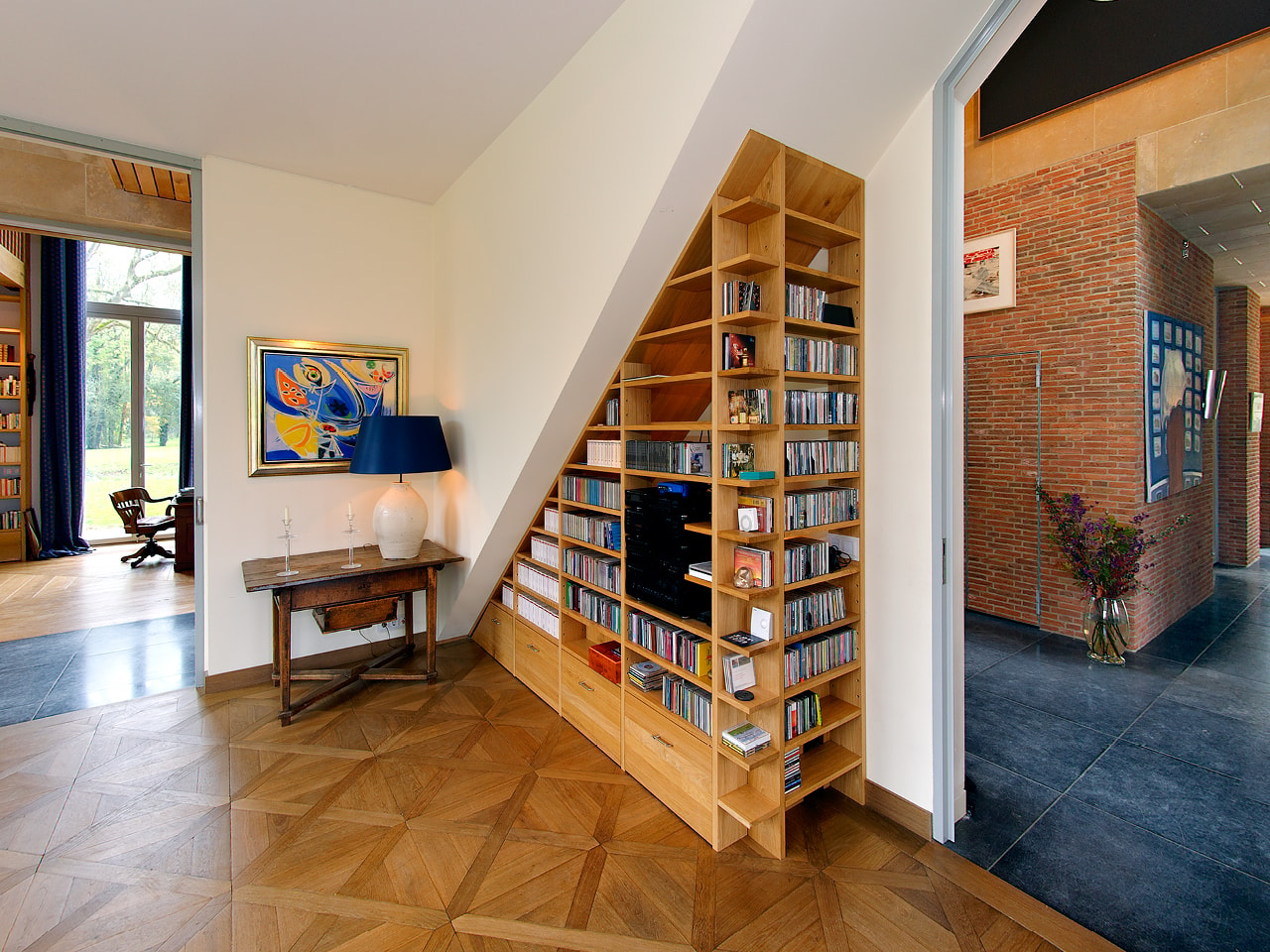
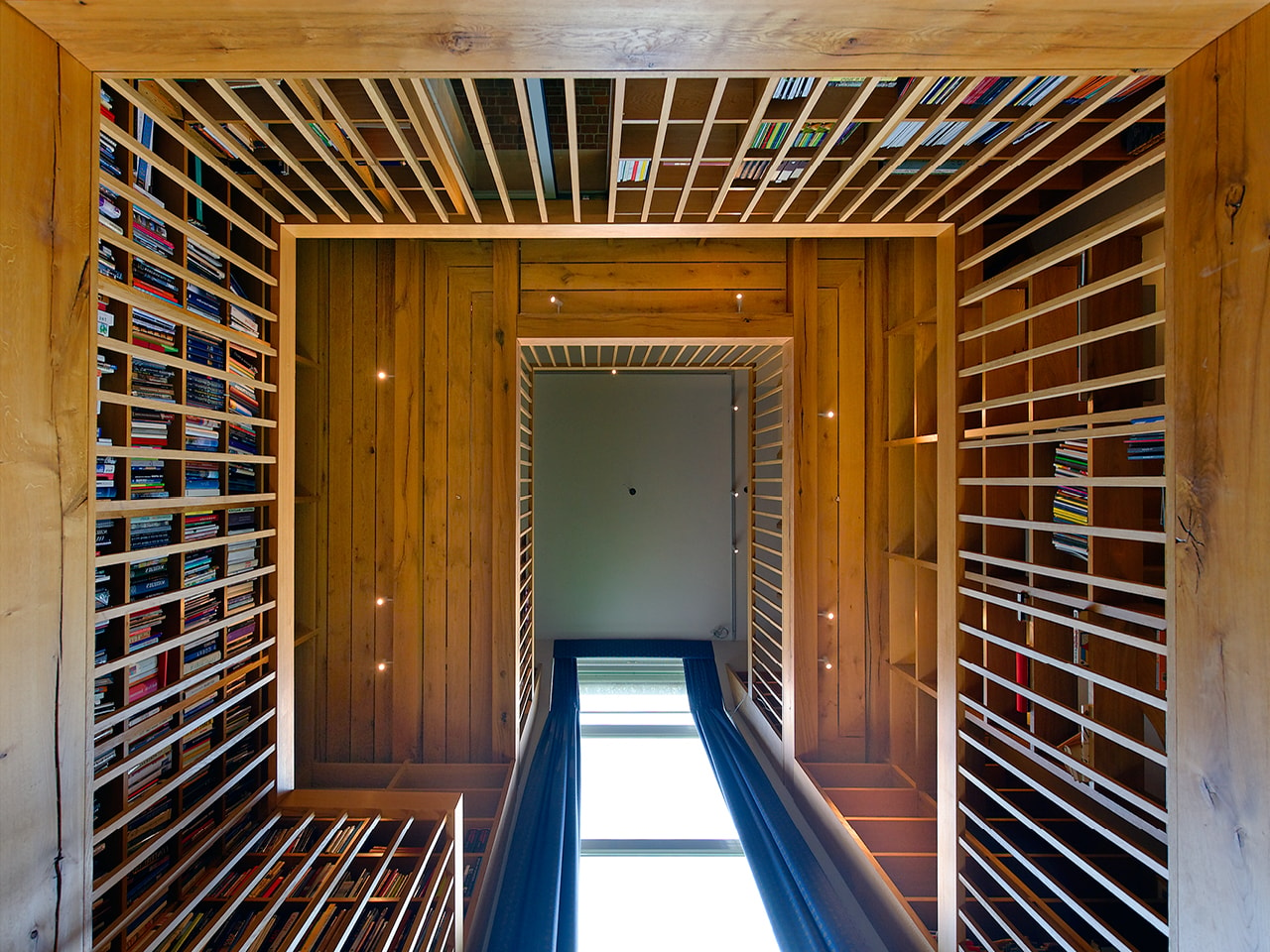
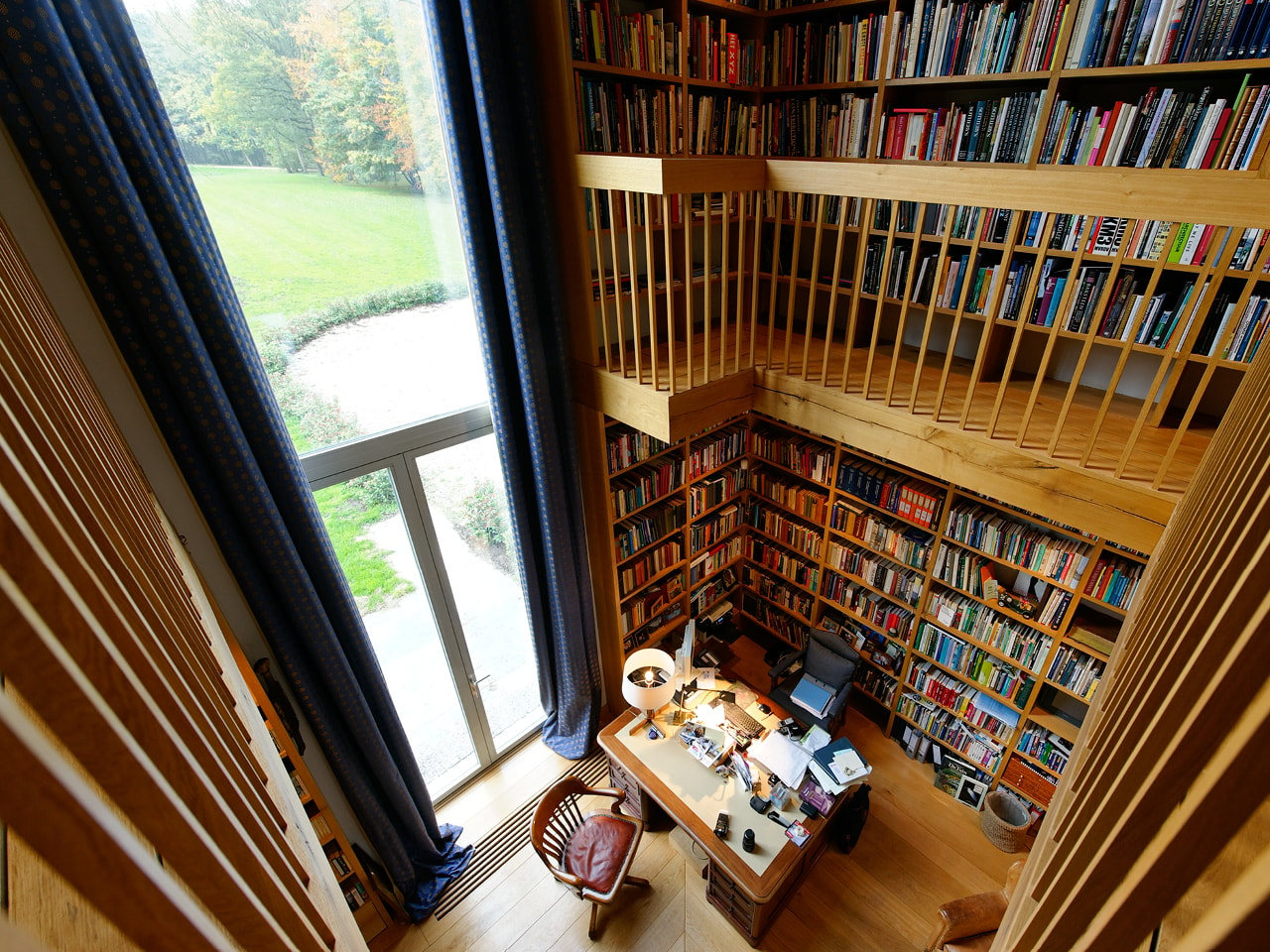
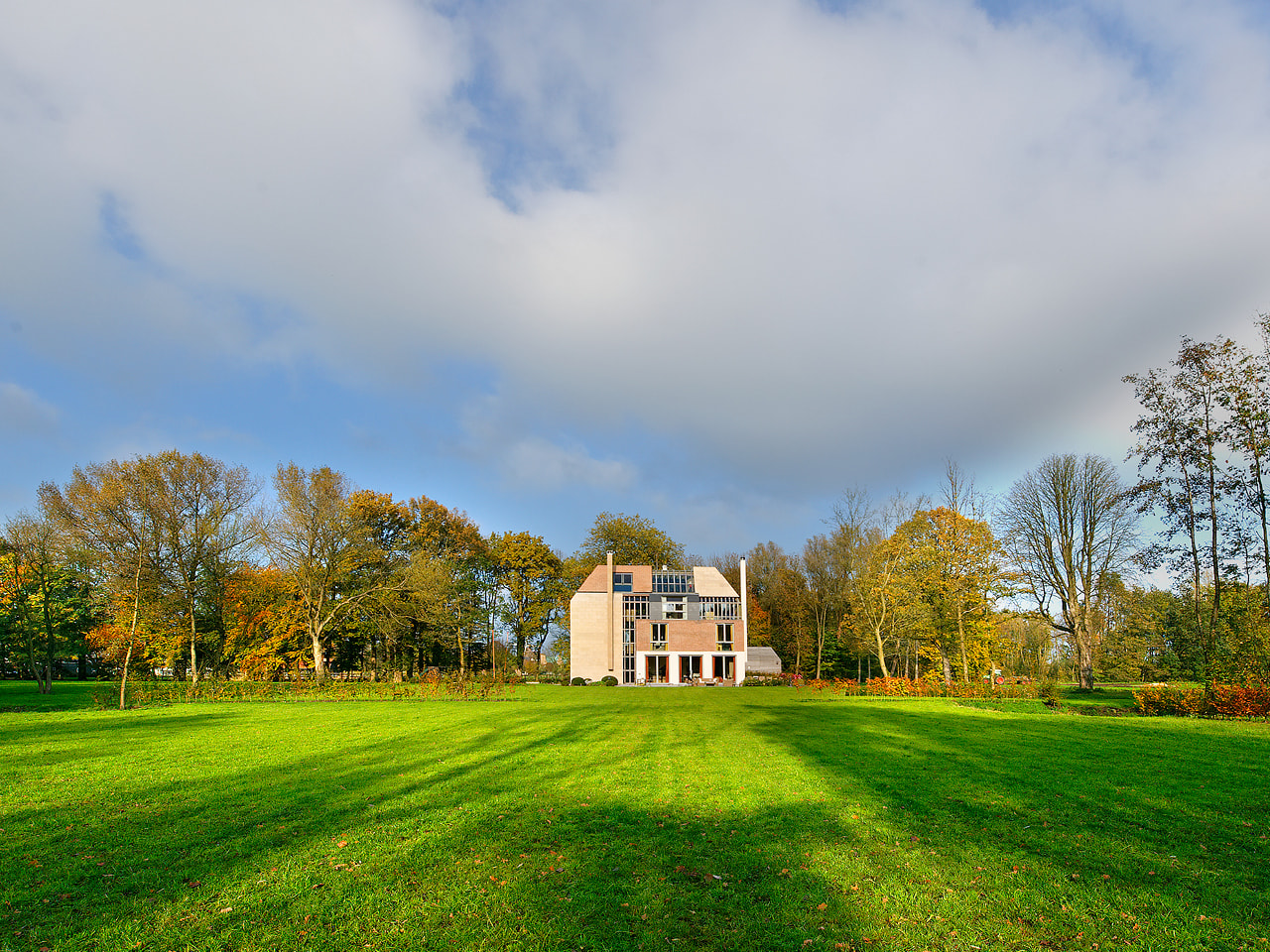
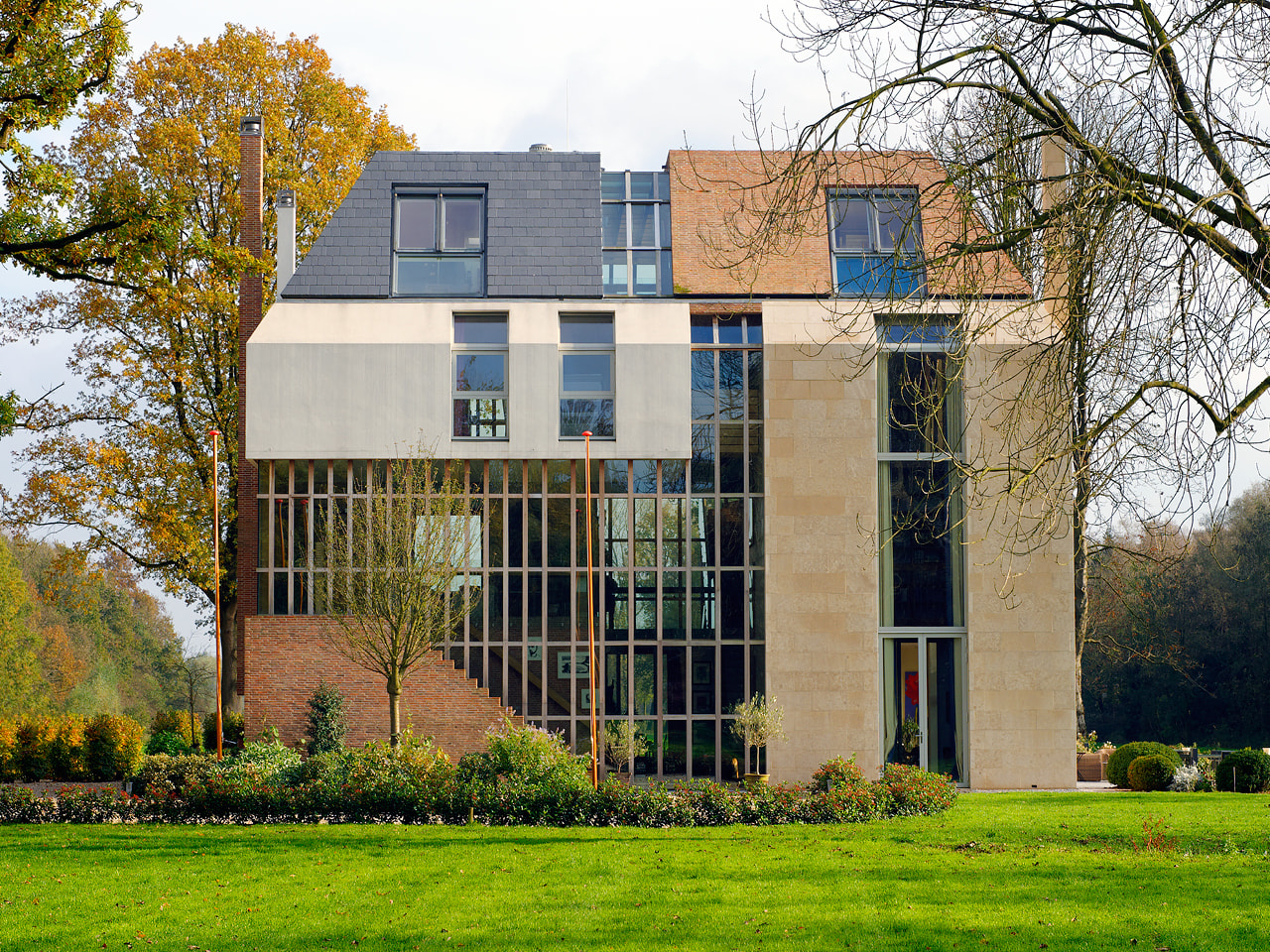
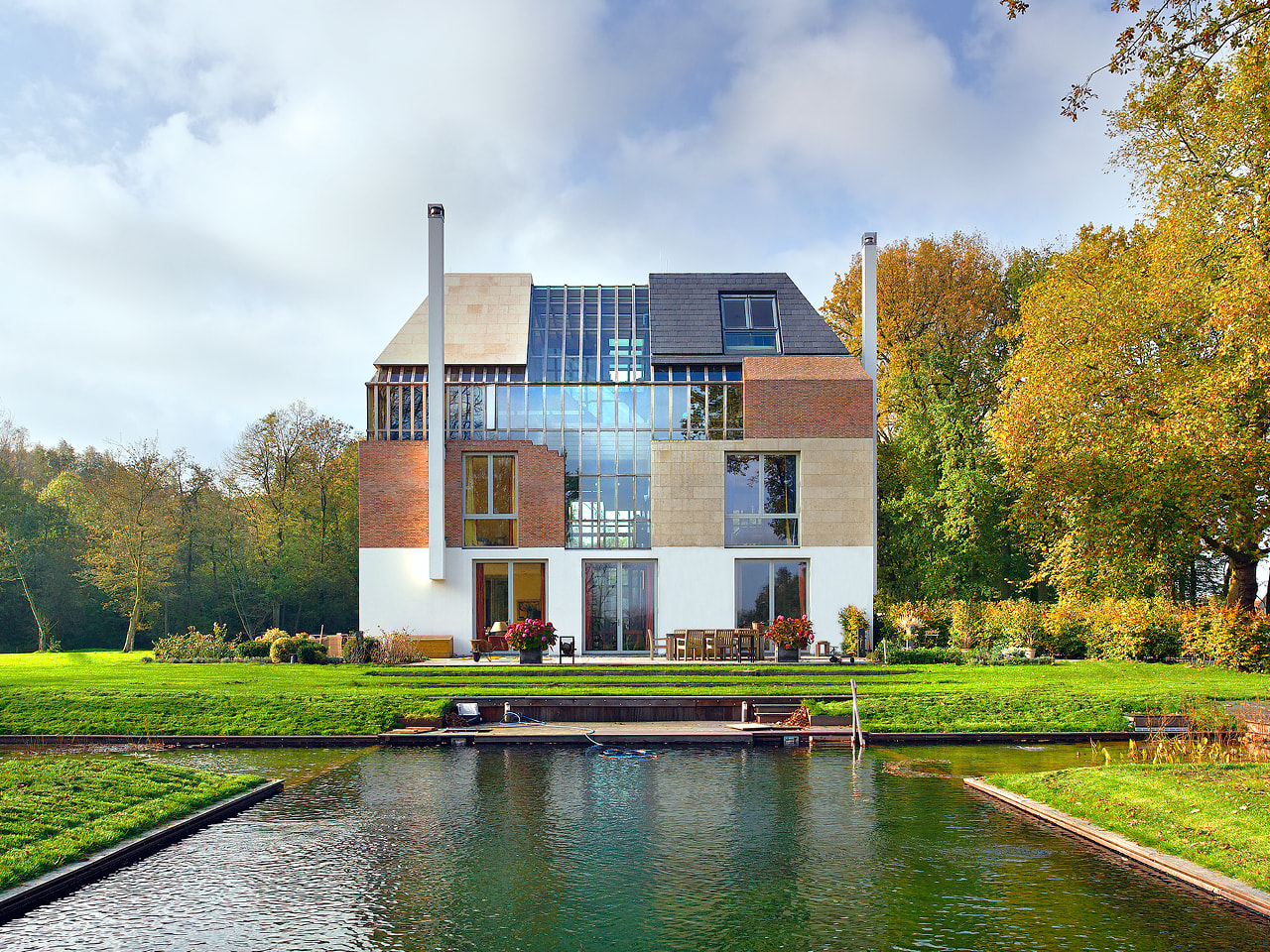
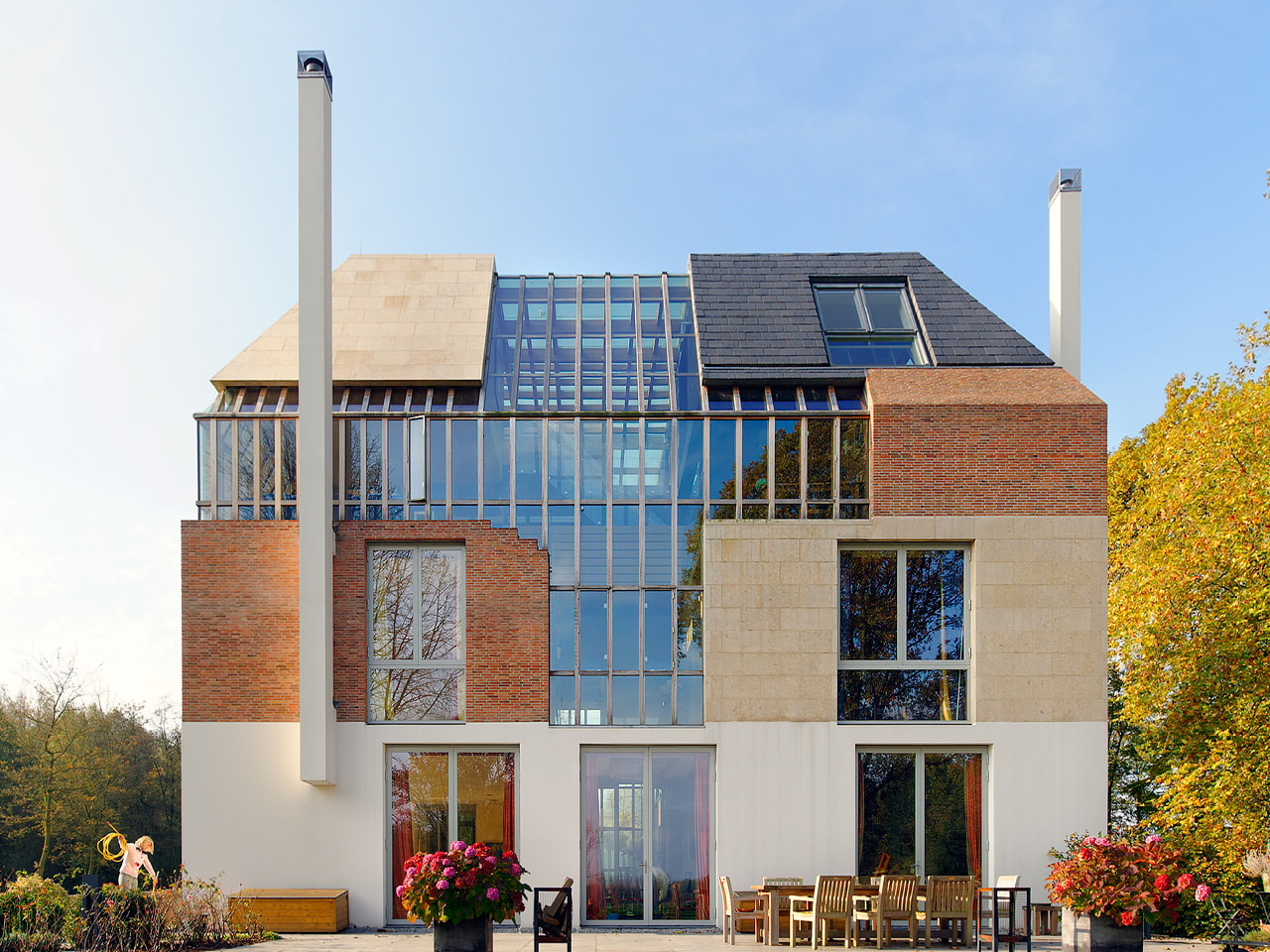
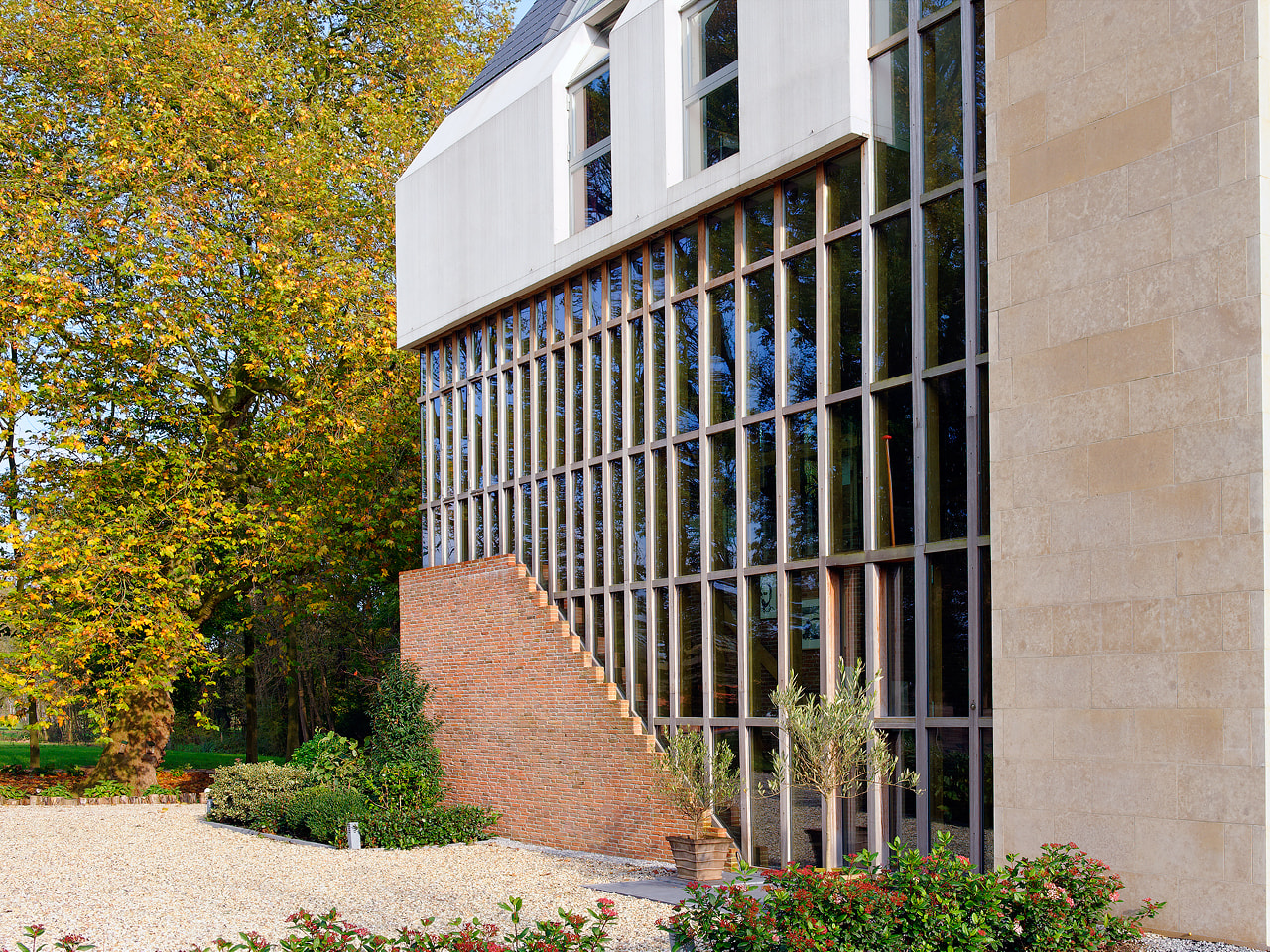
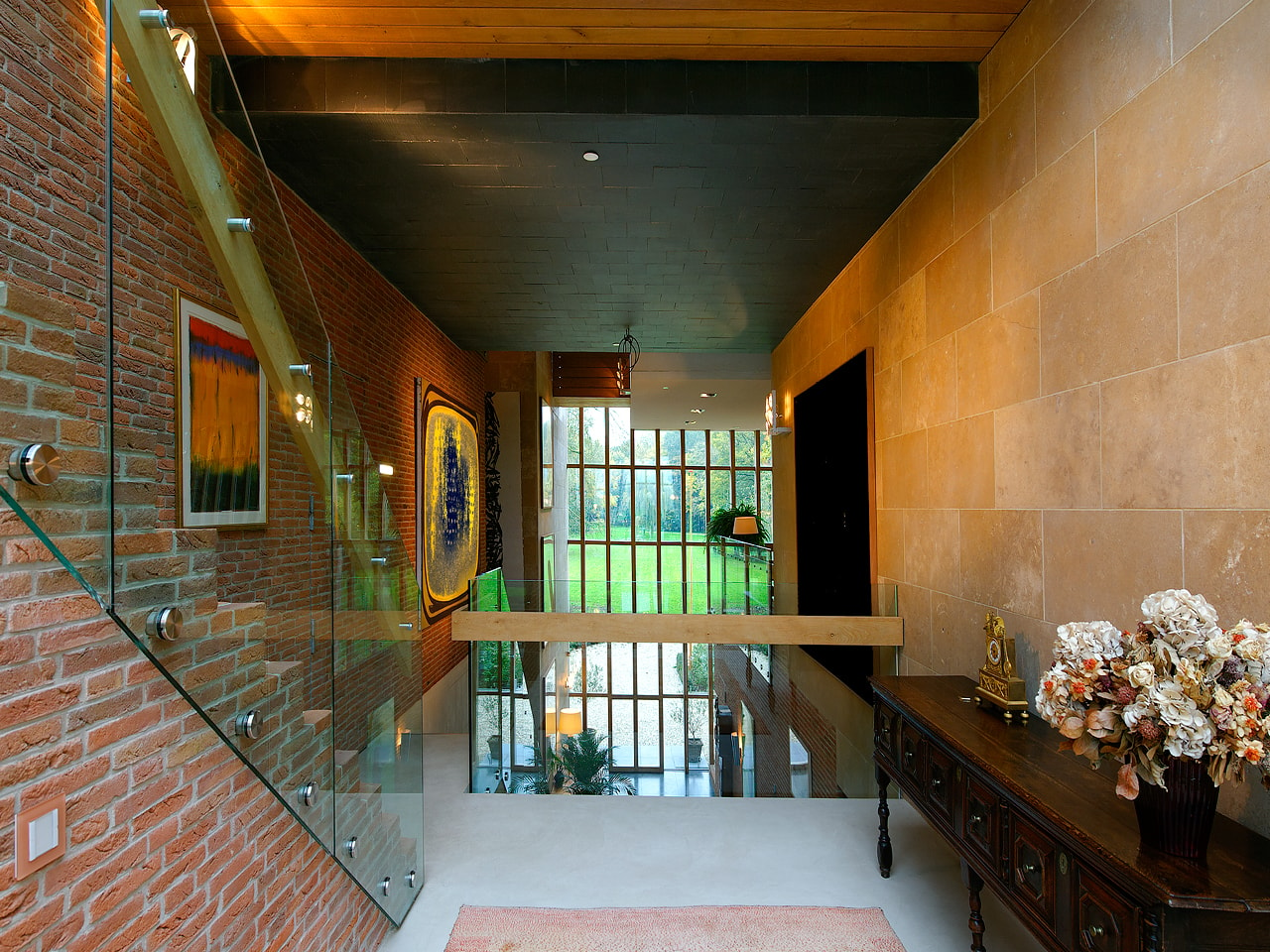
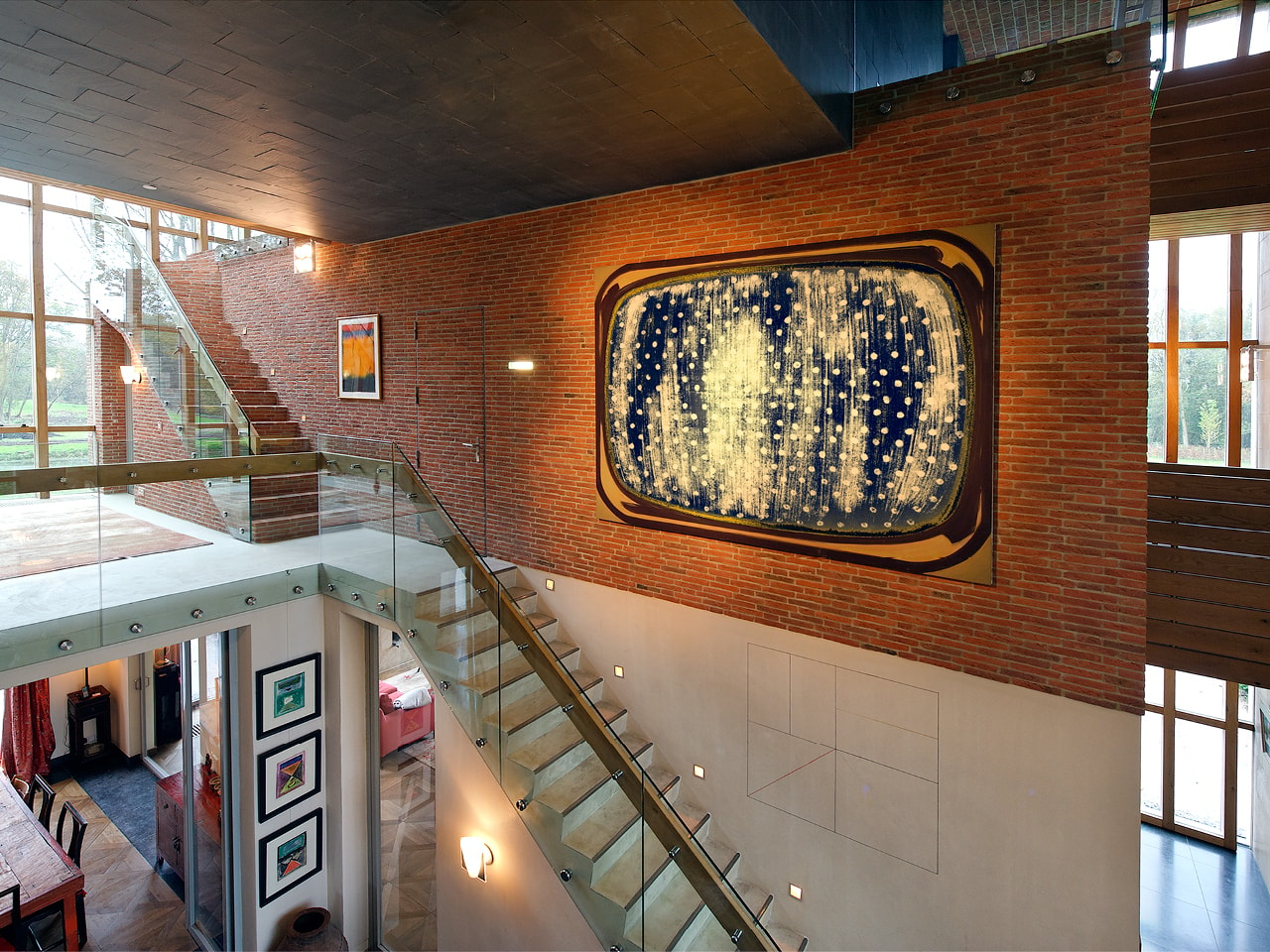
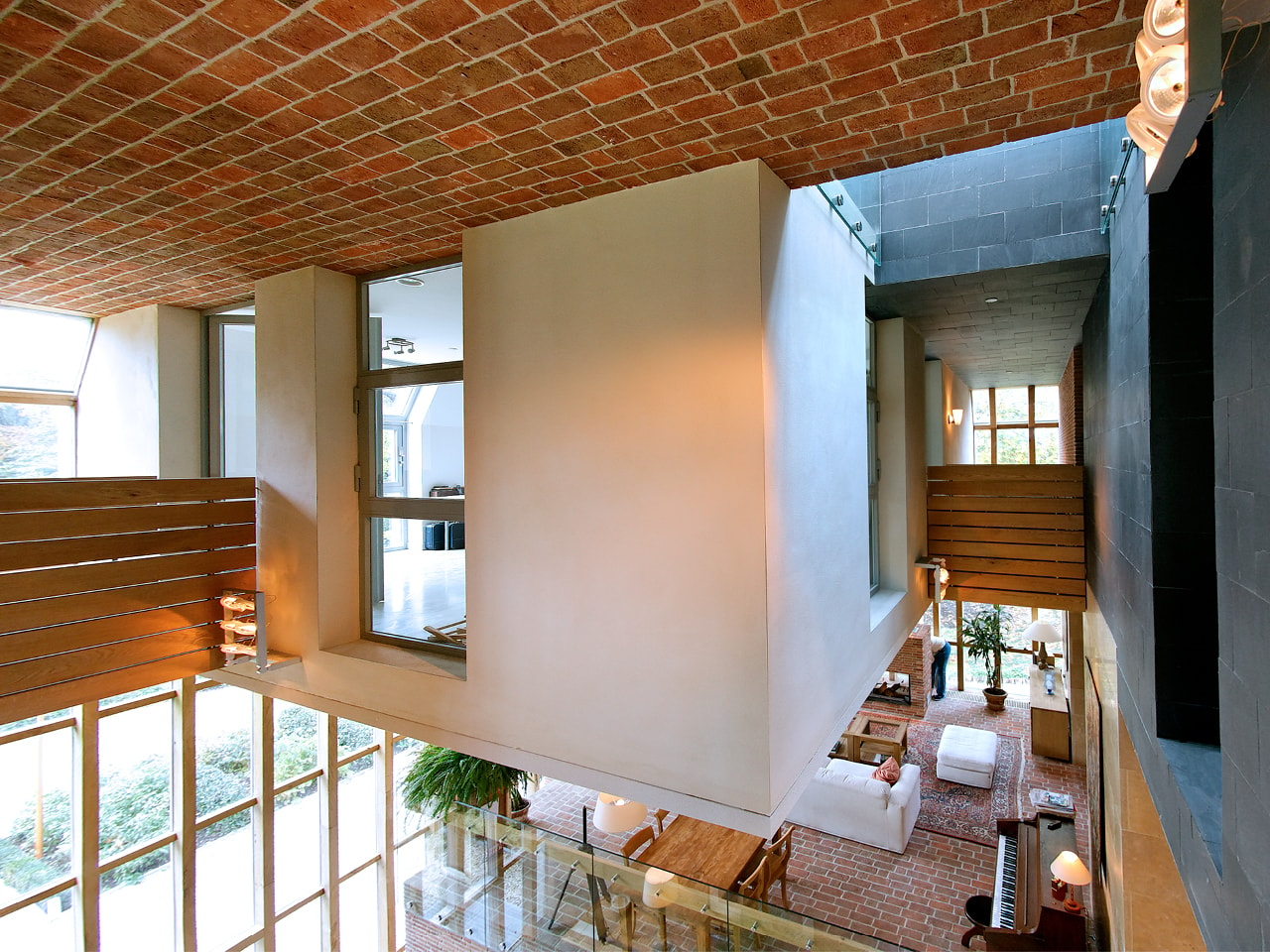

Credits
- Architect
- Principal in charge
- Partner
- Design team
- Partners

